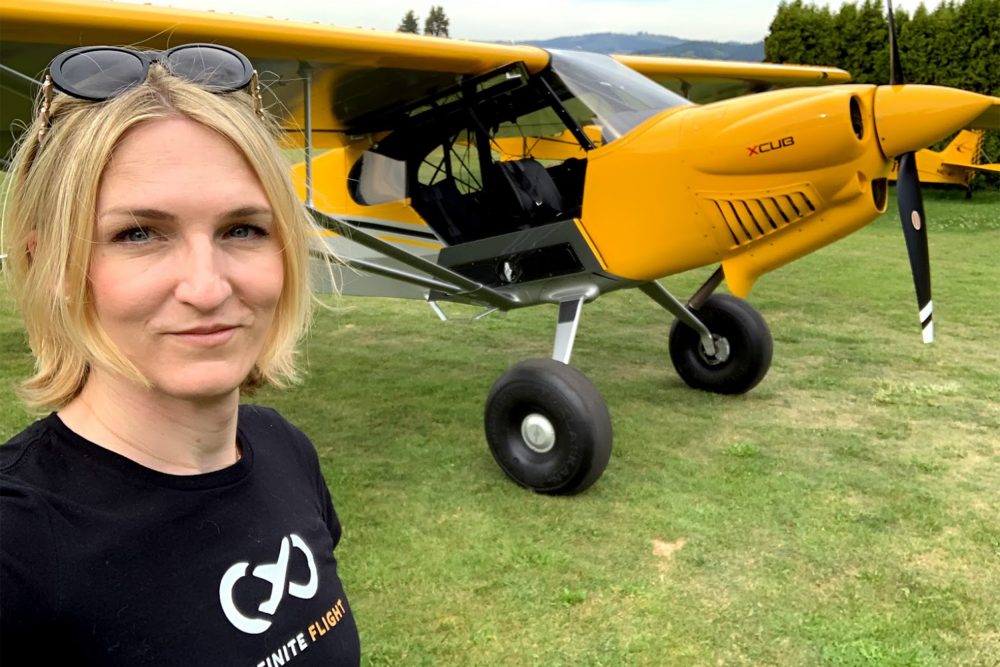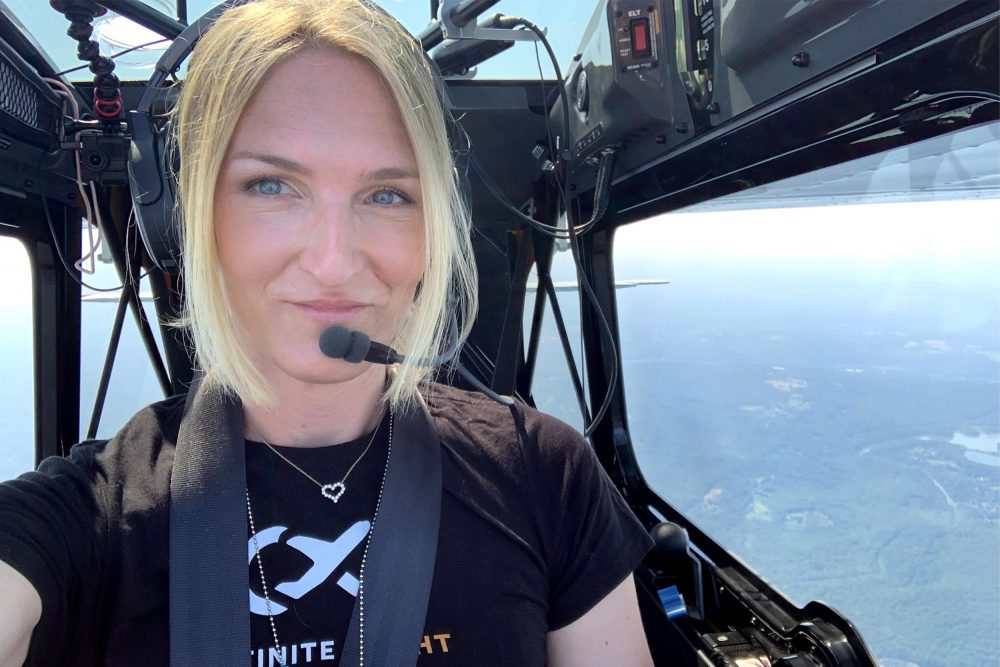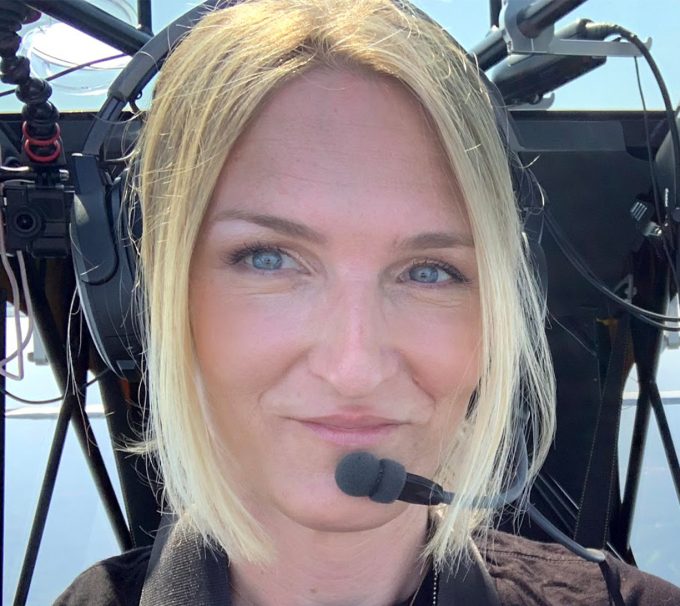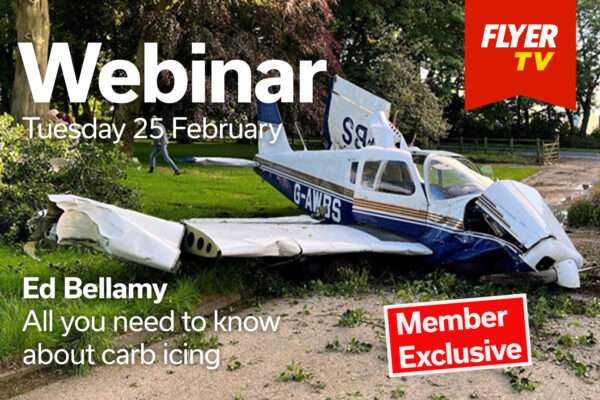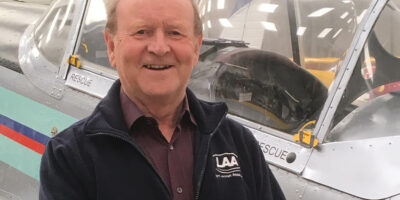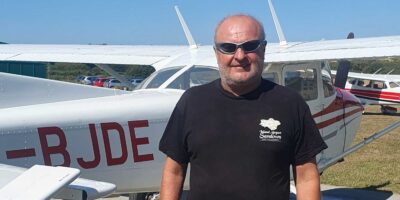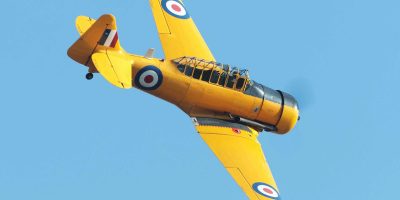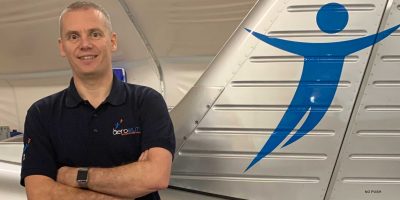You’ve transitioned, what have your experiences been in the aviation community since?
Apart from the bureaucratic struggle to get certificates in my new name, it’s mostly been OK. There have been people at air shows continually addressing their technical questions to non-developer male members of the team instead of me, so at Oshkosh in 2019 my name tag said ‘Laura, CEO’, which helped. The advantage of being a woman in a male-dominated industry? I never have to push my aeroplane out of the hangar by myself…
You’ve bought a CubCrafters XCub, how are you enjoying it?
It’s a really cool aircraft – powerful, pretty, comfortable and super fun to fly! After flying it across the US, I shipped it to Europe where I’m hoping to meet up with other taildragger enthusiasts. There’s only one other XCub in France, so it attracts attention – I make new friends everywhere I fly. After years of living in California and New York, I’m currently getting re-acquainted with the complexities of the French flying ecosystem. Compared to the US, everything is a bit more complicated here. There’s no chance of flying over Paris, for example, and they’re more verbose on the radio.
What do you love about flying most?
The mental challenge. Apart from beautiful sights, freedom, and the joy of nailing a good landing, flying is also an exercise in humility. For example when coming back into the hangar and thinking, ‘Why was this switch on the entire flight?’. Or when making a mistake on the radio. Every flight, there’s always something I could have done better. Flying trains you to plan carefully and to improvise when things don’t go as planned.


